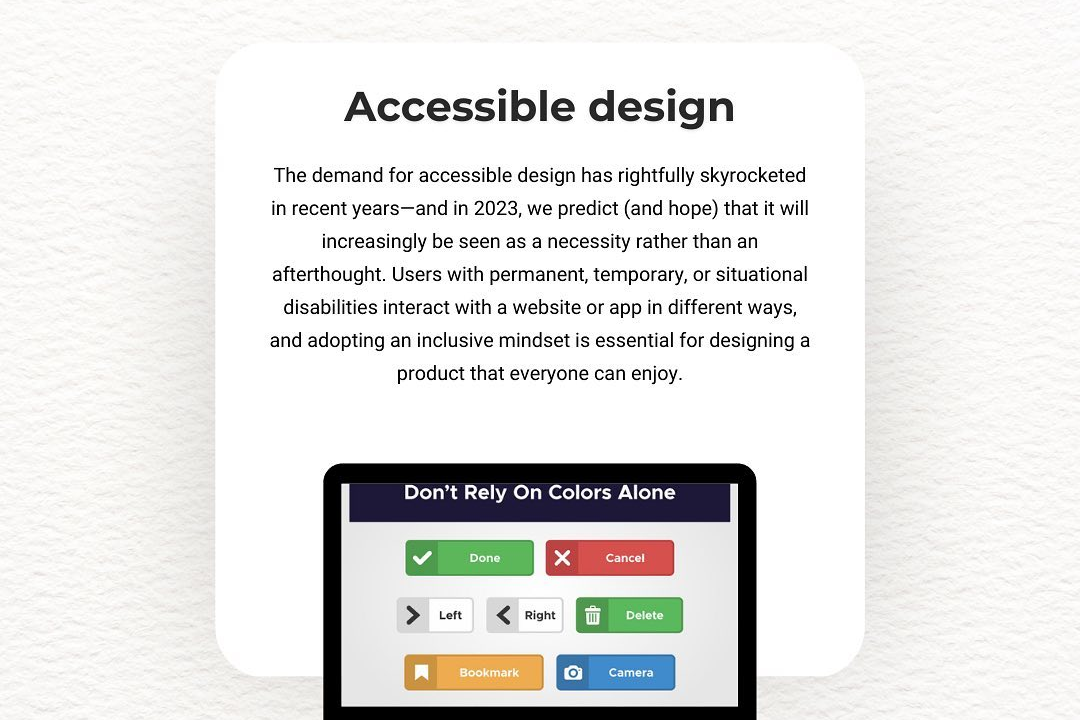OAuth 2.0 In Java
Mastering OAuth 2.0 Implementation in Java
OAuth 2.0 In Java
OAuth 2.0 is an industry-standard protocol for authorization that enables applications to obtain limited access to user accounts on an HTTP service, such as Facebook or Google, without exposing user credentials. In Java, OAuth 2.0 can be implemented using various libraries such as Spring Security OAuth, ScribeJava, or Apache Oltu, which provide utilities for handling the OAuth flow, including authorization requests and access token retrieval. Typically, developers set up an OAuth client that begins the authorization process by redirecting users to the provider’s login page to obtain their consent. Once authorized, the application receives an authorization code, which it exchanges for an access token, allowing it to make secure API calls on behalf of the user. Proper handling of token storage, refresh tokens, and scope management is essential for maintaining secure interactions with the service provider.
To Download Our Brochure: https://www.justacademy.co/download-brochure-for-free
Message us for more information: +91 9987184296
1 - What is OAuth 2.0?
OAuth 2.0 is an authorization framework that enables third party applications to obtain limited access to services on behalf of a resource owner by using access tokens.
2) Purpose of OAuth 2.0
The primary purpose is to allow applications to access user data without sharing passwords. It enables secure delegated access.
3) Components of OAuth 2.0
Involves four key roles: Resource Owner (User), Resource Server (API), Client (Application), and Authorization Server (Service that issues tokens).
4) Access Tokens
Access tokens are short lived credentials that allow clients to access the user's resources without needing credentials. They are issued by the authorization server.
5) Authorization Code Grant Flow
This is the most common flow used in web applications. It requires the client to redirect users to the authorization server to get an authorization code, which is then exchanged for an access token.
6) Implicit Grant Flow
This flow is used for public clients, such as single page applications, where the access token is returned directly in the URL after user authentication.
7) Resource Owner Password Credentials Grant
This flow allows the client to request the user's credentials (username and password) directly. It’s typically used in trusted applications.
8) Client Credentials Grant
Used for machine to machine communication, where the client accesses its own resources (not on behalf of a user). It involves using the client ID and secret.
9) Java Libraries for OAuth 2.0
Popular libraries include Spring Security OAuth, Apache Oltu, and ScribeJava, which facilitate the implementation of OAuth 2.0 in Java applications.
10) Using Spring Security for OAuth 2.0
Spring Security abstracts the complexity of OAuth 2.0, providing easy configuration and integration of OAuth 2.0 with Java applications.
11) Refresh Tokens
OAuth 2.0 supports refresh tokens that allow clients to obtain new access tokens without re authenticating the user after the original access token expires.
12) Scopes
Scopes are used to specify the level of access that the client is requesting. They dictate what resources the access token can access.
13) Error Handling in OAuth 2.0
Proper error handling is essential. OAuth 2.0 defines standard error responses (e.g., invalid_grant, unauthorized_client), which should be managed in your Java application.
14) Security Considerations
Always use HTTPS to secure token exchanges. Be aware of vulnerabilities such as token leakage and implement measures to mitigate risks.
15) Testing OAuth 2.0 Implementations
Use tools like Postman or OAuth 2.0 Testing Frameworks to test and debug your OAuth flows, ensuring that your implementation works as intended.
16) Real world Examples
Many applications use OAuth 2.0, including Google, Facebook, and Twitter APIs for authentication and authorization, illustrating its importance in the industry.
17) Best Practices
Implement short lived access tokens, use refresh tokens wisely, and regularly review and update permissions and scopes requested by your applications.
18) Hands on Implementation
Engage in a practical session where students can build a simple Java application that implements OAuth 2.0, allowing them to solidify their understanding through experience.
Conclusion
By understanding these key points, students will gain a comprehensive foundation in OAuth 2.0 and how to effectively apply it in Java applications, both conceptually and in practice.
Browse our course links : https://www.justacademy.co/all-courses
To Join our FREE DEMO Session: Click Here
Contact Us for more info:
- Message us on Whatsapp: +91 9987184296
- Email id: info@justacademy.co












